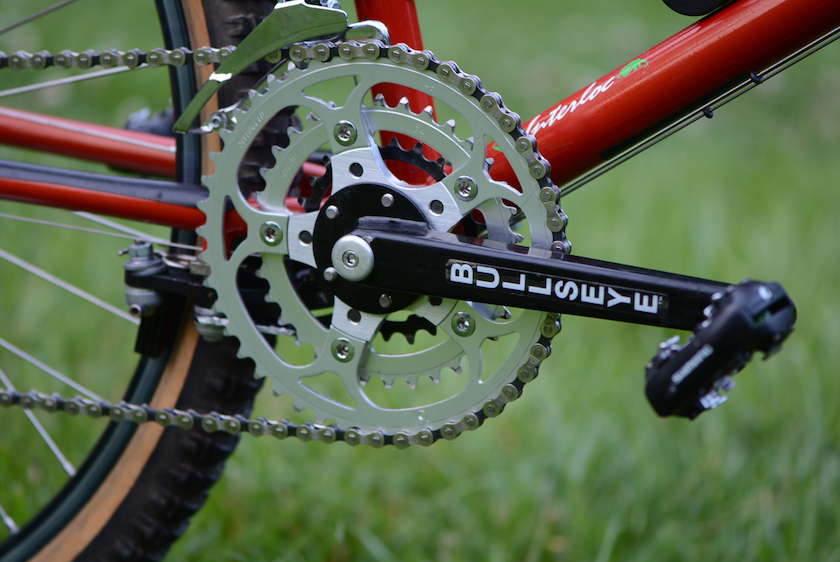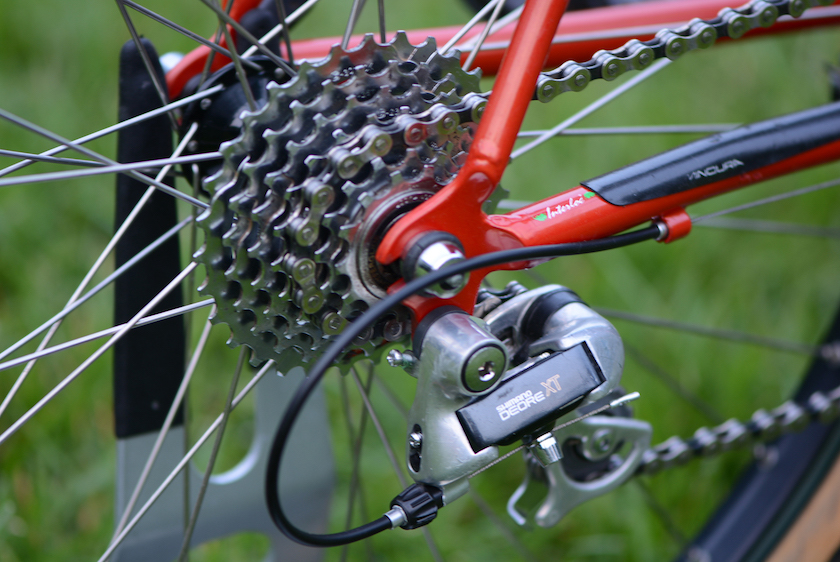Be Kind, Rewind: IRD Stroker
Originally posted on November 20, 2018 at 2:06 amBe Kind, Rewind has become a regular addition to the magazine. A way for us to look back at the machines of yesterday and to see how far we have come in mountain bike design. It is also a way for us to appreciate some the simplicity and beauty of some of these early trail bikes. This piece was originally in Issue #207 and if you would like to see more of these historical two wheelers give Martin a follow on Instagram, facebook, and check out Secondspincycles.com
IRD Stroker
By Martin Kozaczek
The cutting room floor of the early days of mountain biking is littered with strange designs and concepts. The ones that survived have evolved and coalesced into what at the time was considered standard geometry. Most builders fell in line and tweaked only small elements here and there to optimize the design, but largely they followed the same formula. There were, however, those who did not.

Rod Moses and Ray Baldwin, founders of Interloc Racing Design (IRD), were well-known for their components, including brakes, seatposts, stems, bars and the world’s first remotely actuated dropper post. But few knew that IRD made bikes, too. One of them, the Stroker, pushed the boundaries of traditional design to the very edge. Some highlights include insanely short 16-inch chainstays, a 13.5-inch-high bottom bracket, a 25-inch top tube, 76-degree seat and head tubes and — are you ready for this? — 210-plus-millimeter cranks! Yeah, think about that for a minute. This results in a forward climbing position and leverage/torque for a smooth climbing machine.

The frame is constructed of straight-gauge aircraft-grade chromoly for a relatively stiff and responsive front end. The rear is quite compliant by design, with 3/4-inch chainstays and 1/2-inch seatstays. The lack of a seatstay brake bridge keeps things nice and soft. Finishing off the frameset is IRD’s own suspension fork, with 1 3/4 inches of travel. The post, stem and bar are all IRD as well.

The IRD Switchlock front brakes are an early attempt at a linear pull design and are a bear to set up properly. The rear IRD Rotary U-Brake is much easier to set up and dial in and it is quite an effective means of arresting momentum.

I’ve really come to enjoy finding and getting to know these non-traditional bikes. It is interesting seeing how some of these ideas, such as the steep seat angle and short chainstays and long top tube are now looked at as cutting edge again. Bikes like the IRD Stroker pushed the envelope of design in one specific dimension and gave us something unique and exciting.